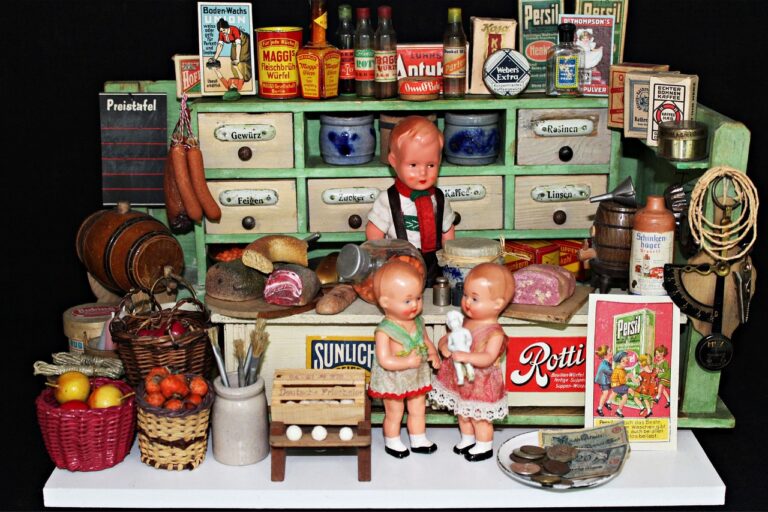The Influence of Music in Retail Environments: Setting the Mood
Background music in retail settings plays a crucial role in shaping the overall shopping experience for consumers. The choice of music can influence the mood and behavior of shoppers, affecting their perception of the store and even their purchasing decisions. It is essential for retailers to carefully select the right music to create a welcoming atmosphere and enhance the shopping experience for their customers.
Research has shown that the tempo, volume, and genre of music all play a part in determining how shoppers interact with the products and the store environment. For instance, fast-paced music can lead to faster shopping and increased productivity, while slower music may encourage shoppers to take their time browsing and ultimately result in longer stays in the store. By understanding the impact of background music on consumer behavior, retailers can utilize this powerful tool to their advantage and create a more enjoyable and profitable shopping environment.
How Music Can Impact Consumer Behavior
Background music in retail settings has a significant impact on consumer behavior. Research has shown that the tempo, volume, and genre of music played in stores can influence shoppers’ purchasing decisions.
For example, fast-paced music can create a sense of urgency and prompt customers to make faster decisions, potentially leading to impulse purchases. On the other hand, slower music can encourage shoppers to browse at a leisurely pace, allowing them to spend more time in the store and potentially increasing their overall purchase value.
How does background music in retail settings impact consumer behavior?
Background music in retail settings can influence consumer behavior by affecting the mood and emotions of shoppers. It can create a more enjoyable shopping experience, increase the amount of time spent in the store, and potentially lead to higher sales.
Can the type of music played in a store affect consumer behavior?
Yes, the type of music played in a store can have a significant impact on consumer behavior. For example, fast-paced music can encourage impulse buying, while slow, relaxing music can create a more calming atmosphere.
Is there a specific genre of music that is most effective in influencing consumer behavior?
The effectiveness of music in influencing consumer behavior can vary depending on the target audience and the type of products being sold. However, research has shown that familiar music, popular music, and music that matches the brand image of the store tend to be more effective in influencing consumer behavior.
How can businesses use music to enhance the shopping experience for customers?
Businesses can use music strategically by selecting the right genre, tempo, and volume to create a positive atmosphere in their store. They can also tailor the music to match the preferences of their target audience and reinforce their brand image.
Are there any potential drawbacks to using music to influence consumer behavior?
While music can be a powerful tool in influencing consumer behavior, businesses should be mindful of potential drawbacks such as distracting or irritating customers with music that is too loud or inappropriate for the store environment. It’s important to strike a balance and ensure that the music enhances the shopping experience rather than detracts from it.





